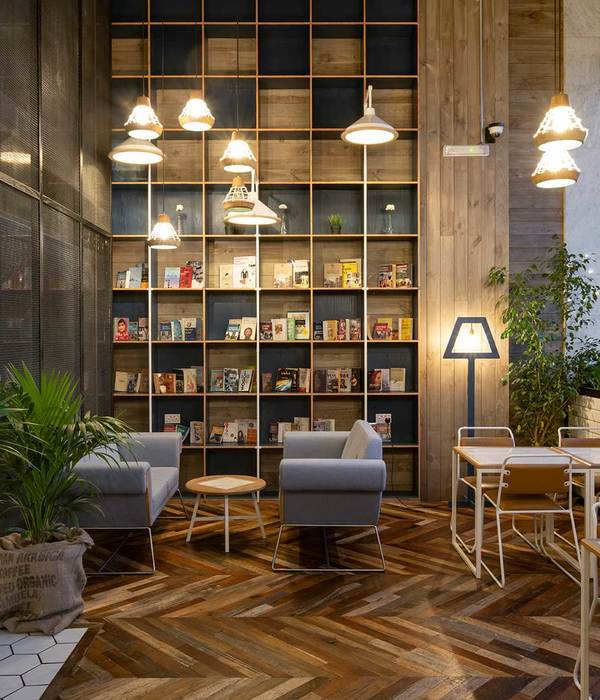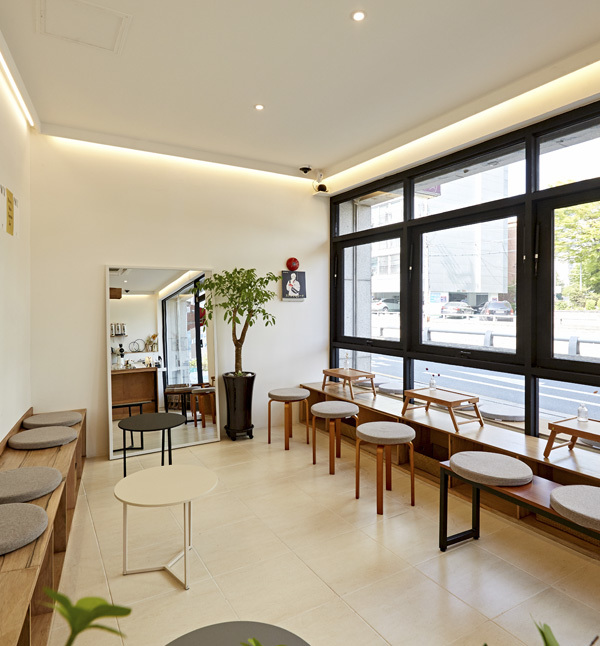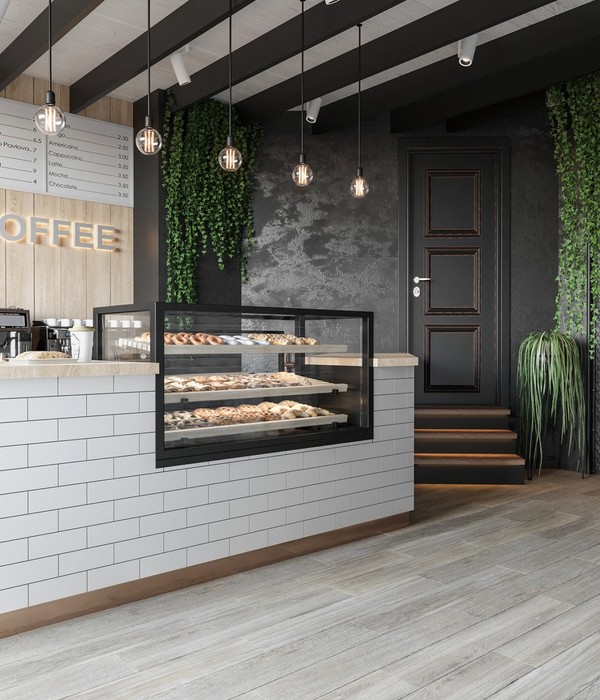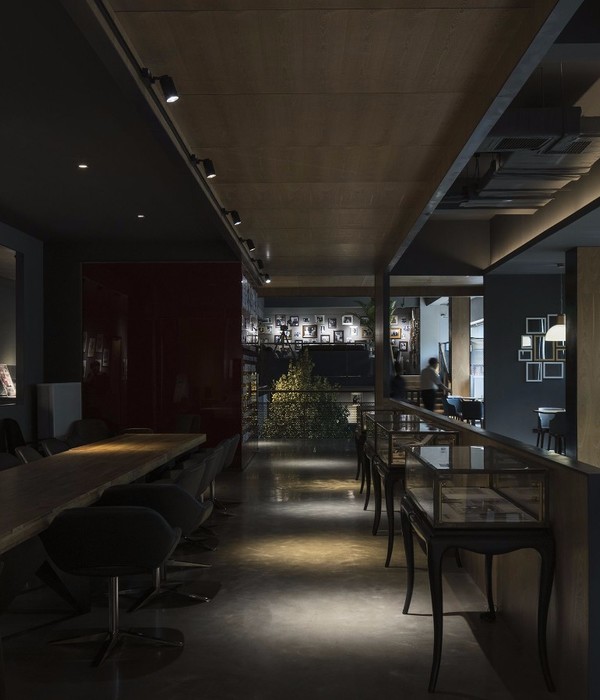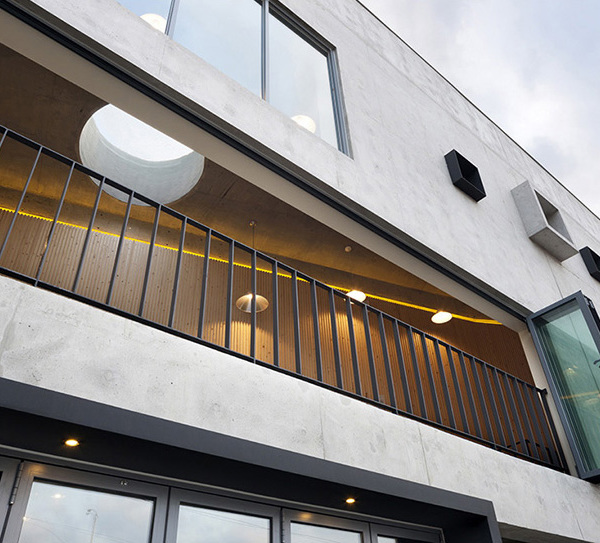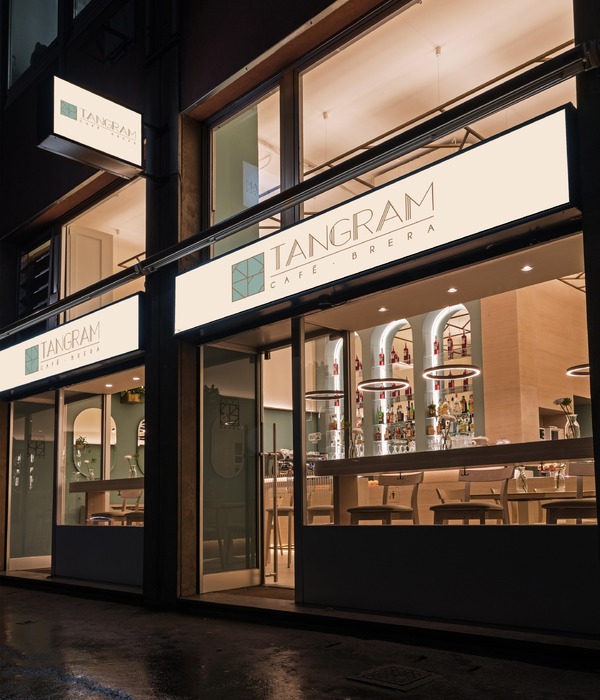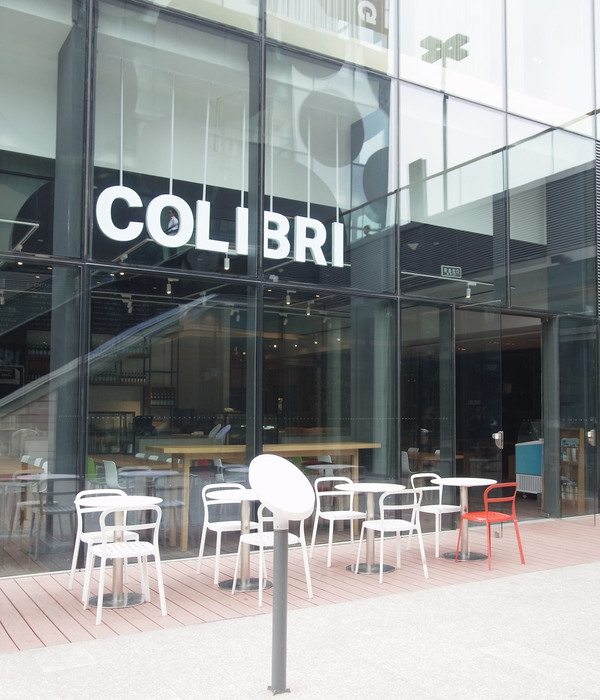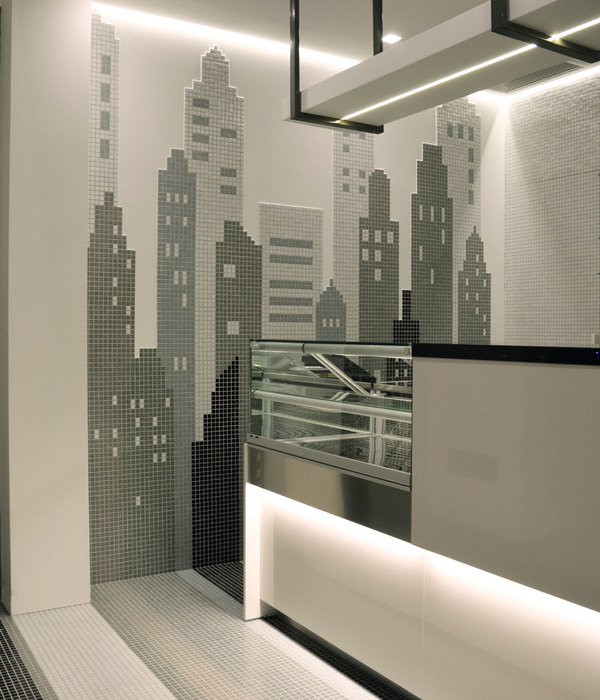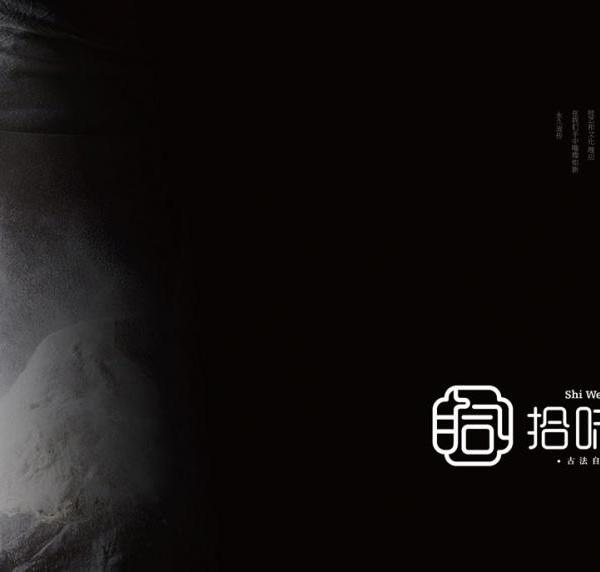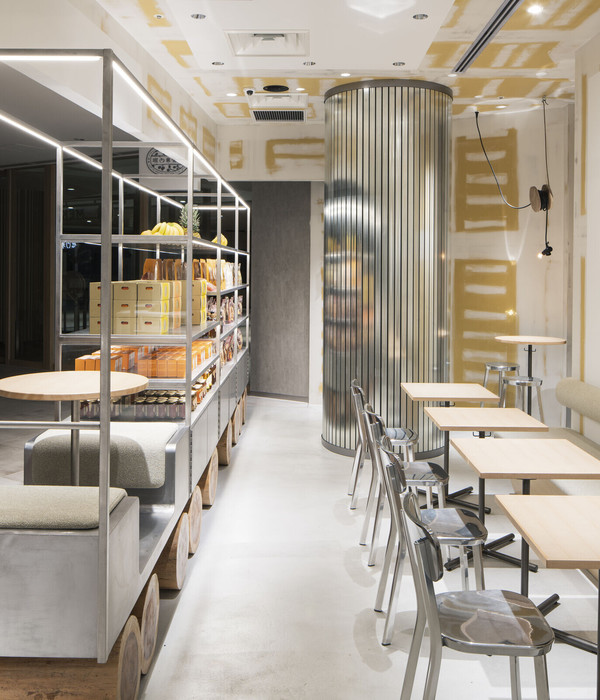Architects:Carlos Castanheira, Jong Kyu Kim, Álvaro Siza Vieira
Area :260 m²
Year :2018
Photographs :Park Wansoon
Structural Engineering :HDP - Construction And Engineering Projects
Mechanical Installations :M.A.R.U. Metropolitan Architecture Research Unit
Construction :Henriques e Rodrigues, J.P. Leitão, Pluggo – Wood for Life, Auro – John Klaus
Architects : Álvaro Siza, Carlos Castanheira, Jong Kyu Kim
Practice In Portugal : CC&CB Architects
Project Coordinator : Diana Vasconcelos
Project Team : Adele Pinna, João Figueiredo, Francesca Tiri, Nuno Campos
Practice In Korea : M.A.R.U. Metropolitan Architecture Research Unit
Project Coordination : Jong Kyu Kim
Collaborators : Min Kim
Structure : Paulo Fidalgo
Metalwork : NORFER
City : Jeju
Country : South Korea
First, we built the House – the Jeju House. Afterward, we were asked to design a Tea House. What Is a Tea House? Was our first question. It’s such a privilege to be an architect, to be confronted with new projects, new challenges. To solve something, study and learn.
As a buffer to the House, the clients had purchased the adjacent site to the West, so as to expand the gardens and also to build somewhere that guests could be received without disturbing the privacy of the Family and the House. To extend something which is already built and which everyone is happy with is a task that requires some reflection.
The House already had an “annex”- the caretaker’s house - which is perfectly integrated within the overall volumes, materials, and functionality. This new “annex” couldn’t share the humble character of an annex. Nor, could it be somethinginferior, at the end of the garden, less well built and, typically, lacking in aesthetic concern. The Client’s demands, like our own, are always high.
Would we use the same materials? The same volumetric games? This seemed problematic, given the difference in the brief and in the Client’s intentions. Being curious, as ever, about traditional architecture, in this case, Korean traditional architecture, we gathered information and visited the best examples, especially the local ones on the island of Jeju. These are masterful works. Especially the ones in timber.
It appeared to us that the materials should be: stone, timber, and copper. We prepared the first proposal, so as to verify the brief and get a better understanding of the requirements and the expectations. The location needed to be at the highest point on the site, from where one could marvel at the sea and the horizon. The rest would be a landscaped garden. With the building located at the center of the new site, we had to give it connections that could be quickly and easily perceived.
The brief is quite simple. A generous living space, where one could, ceremonially, prepare, serve and taste a precious tea, but also, and with equal ceremony, open a bottle and taste an excellent wine. So, we came to realize that the classification Tea House is somewhat broader than its title. A bedroom for rest, but also somewhere a visitor could stay overnight with every comfort. A bathroom, for the typical Korean use, might be full or partial.
The partitions are sliding screens that, copying and interpreting the beautiful traditional examples, allow the bedroom to be either totally or partially enclosed, or to open completely to the landscape. And it’s the same in the bathroom. Creating a game of, almost, infinite possibilities, allowing spaces to transform and to change when different activities are happening. Outside, there is a generous covered veranda facing South and a large terrace, facing East.
It was decided that the Tea House would meet the ground in stone; the almost black, volcanic stone of Jeju, and that all its structure, partitions, and fixed furniture would be timber. Copper sheeting formed the roof cover. But how was this to be built? In Korea, the knowledge of how to build in timber has been lost. So, we proposed a scheme to get the construction work carried out in a workshop in Portugal and then to ship out all the pre-fabricated components to be assembled in situ. Our proposition was immediately accepted and we had a new challenge.
The timber we chose was Afizélia, or Dossié – afzélia pachyloba. Experience with the Casa de Chá da Boa Nova – Álvaro Siza 1958-1963 – validated its qualities, even in a location so close to the sea and with harsh weather conditions. We had gotten used to the fact that designing and building in Korea is easy, and moreover satisfying, as in Korea the will to do things well is deep-rooted. Now it had become possible to have the timber work manufactured near my office and my home.
Sawing, testing, preparation, assembly, then disassembly and, in two containers, shipping to Korea. After that, we had to send over four Portuguese carpenters for the reassembly. Although the language may seem to be an obstacle, in fact, the construction works, concrete, and services installations proceeded without problems; the project documents were all correctly interpreted and followed. When the timber arrived, it was a case of erecting it in the synchronized pattern of the pre-fabrication plan, where the language is consensual and understood by everyone.
Everything is there but nothing is visible. As is usual in our Projects and Buildings. All the services required for absolute comfort were included, but they don’t take over. They exist but are out of view because they are nonessential, unsightly.
The connections to the House, on foot, also needed to be something natural, as if they had always existed. There’s a service connection at the upper level and another route which, from the entry point to the House, allows for a stroll in the garden, or, for access to the Tea House. A “door” makes the connection between the House and the Tea House. The garden, designed by Seo-Ahn STL Total Landscape, the same landscape architect who designed the garden of the House, is one of those surprises that almost only happens in Korea because it is the result of experience accumulated over many centuries. It happened in a “blink of an eye” and it is as if it was always there.
Designing and building in this way is the dream of any architect. At least for the ones who dream. Reality is, usually, very different. Now I know what a Tea House is and what you might drink there.
Porto-Zurich, 11th of December 2021.Carlos Castanheira
▼项目更多图片
{{item.text_origin}}

